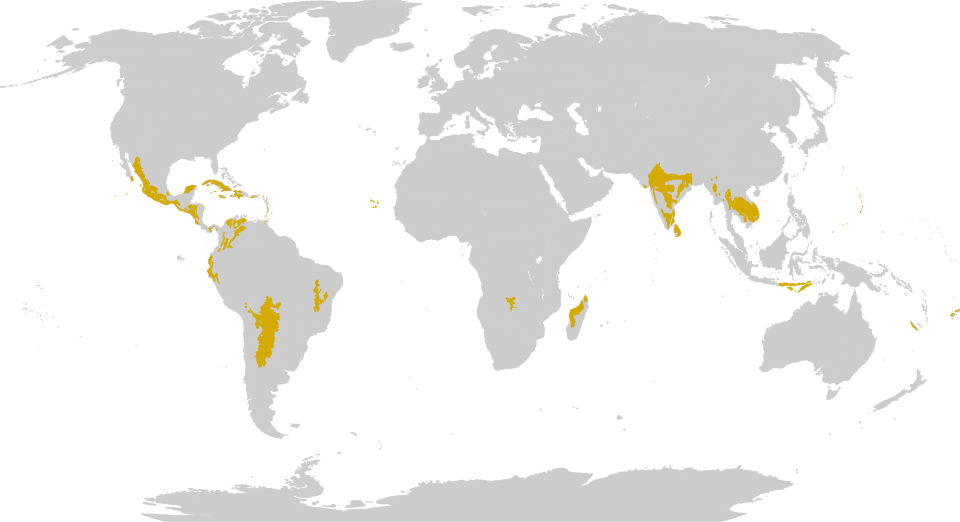Temperate grasslands, savannahs & shrublands (TGS)
- Shanti Bants
- Aug 26
- 3 min read
The predominant vegetation in the Temperate grasslands, savannahs & shrublands biome consists primarily of grasses and/or shrubs, which play a crucial role in the ecosystems overall health and functionality. These areas are characterised by a temperate climate that can vary significantly, ranging from semi-arid conditions, which experience limited rainfall and have a more drought-resistant flora, to semi-humid conditions, where precipitation is more abundant, allowing for a richer diversity of plant life. The habitat type found in these regions markedly differs from tropical grasslands, particularly in terms of the annual temperature regime, which tends to be cooler, and the types of species that are adapted to thrive in these environments. This results in unique ecological dynamics, where the flora and fauna have evolved specific adaptations to cope with the varying climatic conditions.

The habitat type is known by various names across the globe, reflecting the unique cultural and ecological contexts of each region. In North America, these areas are referred to as prairies, which are expansive grasslands that support a diverse array of wildlife and plant species. In South America, the term pampas is used to describe similar ecosystems, characterised by their rich soils and extensive grasslands that are vital for agriculture and grazing. Southern Africa's grasslands are known as veld, while the vast steppes of Asia represent another variant of this biome. Generally speaking, these regions are notably devoid of trees, creating open landscapes that are dominated by grasses and shrubs. However, exceptions exist in the form of riparian or gallery forests, which are lush, wooded areas that thrive along streams and rivers, providing critical habitats for various species and contributing to the overall biodiversity of these ecosystems.
Temperate savannahs, which can be found in Southern South America, parts of West Asia, South Africa, southern Australia, and certain regions of the United States, represent a mixed grassy woodland ecosystem. These areas are defined by the presence of trees that are spaced reasonably apart, allowing sunlight to penetrate and reach the ground, preventing the canopy from closing completely. This structure is similar to that of subtropical and tropical savannahs; however, temperate savannahs are distinct in that they do not maintain a year-round warm climate. In many savannahs, the tree densities tend to be higher, and their spacing is more uniform compared to the denser canopies found in forests, resulting in a unique habitat that supports a variety of wildlife and plant species.
The states of the Eurasian steppes and the expansive North American Great Plains have undergone significant transformation, largely due to agricultural practices that have led to extensive land conversion. Despite this extensive alteration, these regions still boast remarkable biodiversity. For instance, on less than three acres of North American tall grass prairie, one might find as many as 300 different plant species coexisting. This rich tapestry of vegetation provides habitat for a staggering number of insects, with estimates suggesting that there may be more than 3 million individual insects per acre. Additionally, the Patagonian Steppe and Grasslands are noteworthy for their distinctiveness at both the generic and familial levels across various taxa, showcasing the evolutionary adaptations and ecological uniqueness of these grassland ecosystems. The preservation of these habitats is essential, as they support not only the flora and fauna that inhabit them but also contribute significantly to global biodiversity and ecological health.





Comments